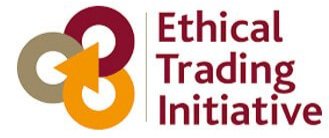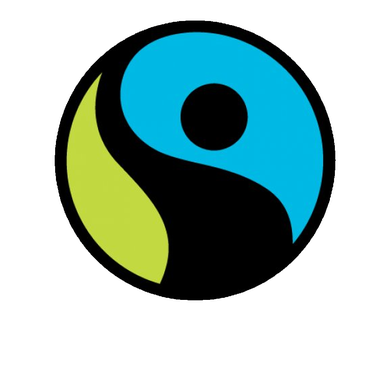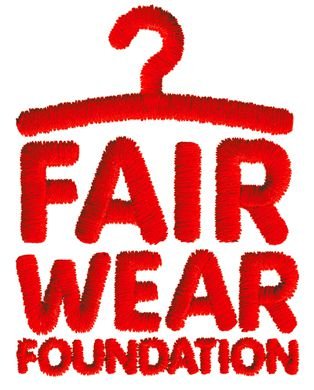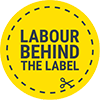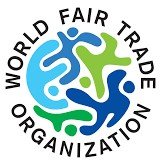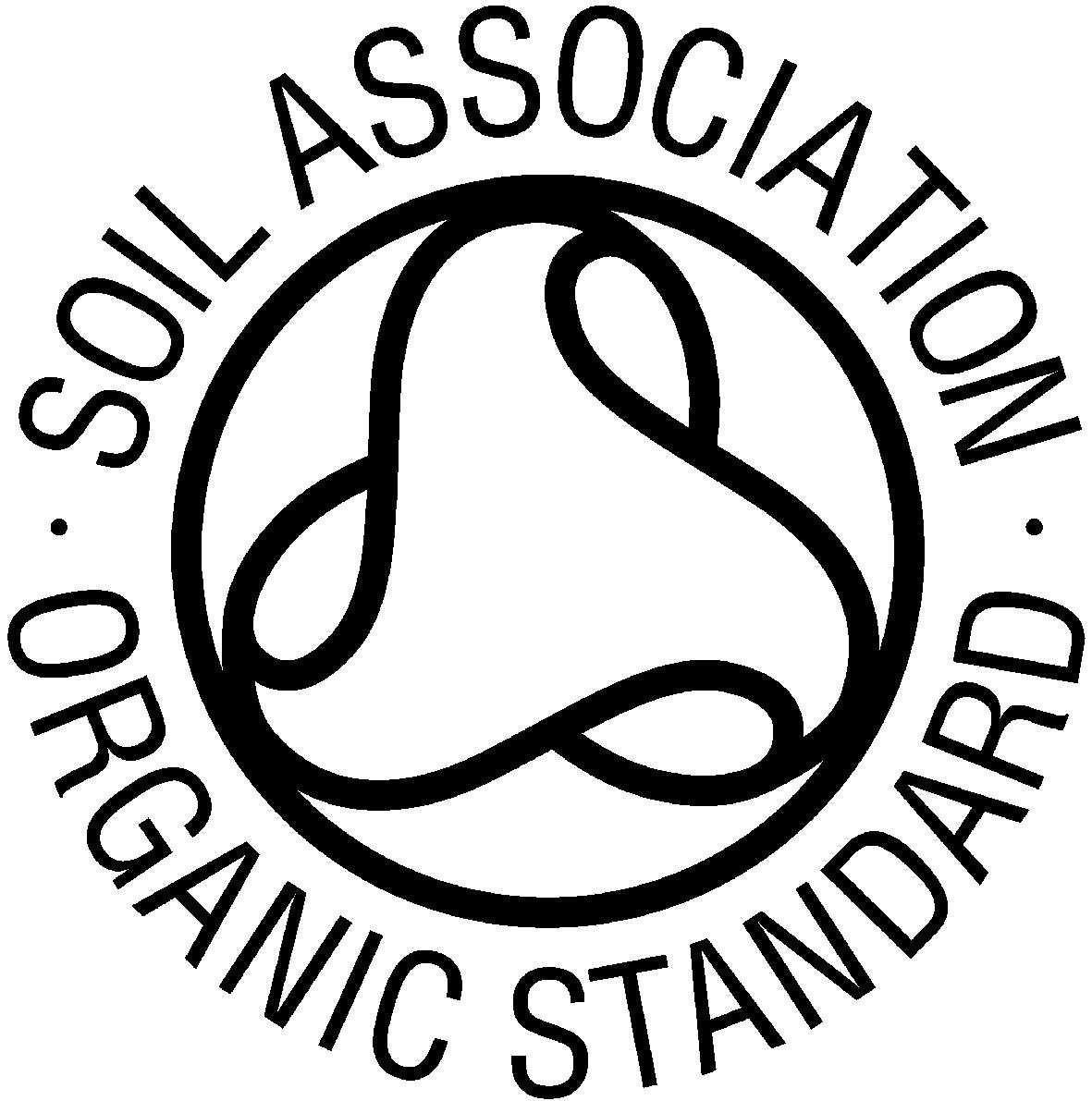January 2020
Labels describe sustainable approaches and products with terms such as ‘green fashion’, ‘circular economy, ‘cradle2cradle’, etc.
Each technical term provides information about the production chain, a product's quality, the company's general approach or all three aspects. To help you navigate through the variety of approaches popping up, here is a guide explaining the most popular terms in short.
WHAT IS ‘sustainable FASHION’?
When applying the sustainability concept to fashion, " (…) sustainable fashion can be defined as clothing, shoes and accessories that are manufactured, marketed and used in the most sustainable manner possible (..).” (Green Strategy). In other words, striving for a financially solid business model, acting environmentally friendly and socially acceptable, and not harming animals.
Criteria for sustainable FASHION
Fashion brands that have implemented sustainability at all stages of production are defined as ‘Sustainable Fashion’. But some only fulfil a few sustainability criteria.
A number of the most popular sustainability criteria can be found below.
Circular material flow / closed loop systems / cradle to cradle
Eco-friendly production & packaging
Emission reduced production
Fair, social & ethical
Handcrafted
Good quality
Organic materials
Produced locally
Recycled & recyclable
Resource saving production
Upcycled
Vegan
Waste reduction
Check our Fashion Certification Guide → to learn more.
SUSTAINABILITY APPROACHES
Based on those criteria, several approaches have been developed that focus on fulfilling individual criteria or combining several criteria. The many approaches can be found under the umbrella of various technical terms.
In the following, we quickly introduce the most popular approaches and their criteria.
CIRCULAR FASHION
The circular fashion approach describes an ecologically optimised circular economy system. The idea is that fashion items, keep circulating within our economic system as long as possible. When items need to be disposed of they return to the biosphere.
Circular Fashion Model for organic items, by Greenstiched
We can contribute to making the circular economy work in several ways. The challenge is to only buy things that can be returned to the fashion cycle once you do not need them or cannot use them anymore.
Opt for natural materials.
Buy clothes based on quality, not quantity.
Use clothes for as long as possible.
Treat them well and treat them carefully.
Try to repair clothes before throwing them away.
Share them with others if you don’t want them anymore.
COLLABORATIVE Fashion CONSUMPTION
Collaborative consumption is a new trend “in which consumers, instead of buying new fashion products, have access to already existing garments.
Consumers acquire individual ownership through gifting, swapping, or shopping second-hand. Or fashion items are shared, lent, rented, or leased.
CRADLE to CRADLE
“Following the Cradle to Cradle approach (…) textile apparel products need to be designed to be safely worn on bare skin and should be fully biodegradable within biological cycles.” (GIZ, 2019)
ECO FASHION / GREEN FASHION
‘Eco fashion’ or ‘green fashion” defines fashion items that minimise environmental impact. “Eco-Fashion is produced by taking account of its environmental impacts, which may be made with biodegradable or recycled materials and environmentally responsible production processes.” (Chan & Wong, 2012)
ETHICAL FASHION
‘Ethical fashion’ is based on the "do no harm principle" and encompasses production methods that are both morally right and acceptable.There is no distinct set of rules. However, the Ethical Fashion Forum has set up 10 Ethical Fashion Criteria:
Against fast, cheap fashion and damaging patterns of fashion consumption
Defending fair wages, working conditions and workers’ rights
Supporting sustainable livelihoods
Addressing use of toxic pesticides and chemicals
Using and/or developing eco-friendly fabrics and components
Minimising water usage
Recycling and addressing energy efficiency and waste
Developing or promoting sustainability standards for fashion
Resources, training and/or initiatives for raising awareness
Animal rights
10 Principles of Fair Trade - WFTO
FAIRTRADE FASHION
Fairtrade products are produced ethically. This means that the workers are paid a decent wage and their working conditions are closely monitored to ensure they are fairly treated. Several associations offer a certification service to verify fair trading practices, for example:
Check our Fashion Certification Guide → to learn more.
LocalLY-PRODUCED FASHION
Fashion that is produced locally has the advantage that it minimises the distance the items need to travel, thereby reducing CO2 emissions. As a result of travelling shorter distances and because of working regulations differing throughout the EU, it is also easier to oversee working conditions and fair payment of workers.
MINIMALISTIC WARDROBE
Minimalism counteracts our current consumption behaviours. Minimalism is a form of conscious consumption where we free ourselves from all unnecessary clothing, consume less, wear each item more, and live with just those necessary items. This concept is often referred to as a ‘minimalist wardrobe’ or ‘capsule wardrobe’.
Learn more about Minimalistic Wardrobe →
ORGANIC FASHION
"Organic fashion refers to clothing and accessories that have been made with a minimum use of chemicals and limited impact on the environment." (Ethical Fashion Forum)
To ensure there is not only a single garment “organic”, watch out for a certification on the items’ tag. Here is a list of the most popular certification bodies:
Check our Fashion Certification Guide → to learn more.
SLOW FASHION
Slow fashion, also called ‘lowsumerism’, is the opposite of the dominant fast fashion approach (cheap fashion, low quality, up to 15 collections per year). The concept is about slowing down the production process to improve working conditions, make the whole production cycle more transparent, improve the quality to make clothes last longer, and promote a more sustainable consumption behaviour. The production priority is shifted from quantity to quality and does not follow every new trend.
VEGAN FASHION
Vegan fashion is about clothing and accessories made from cruelty-free sources. No animal products were used to produce garments and accessories, ensuring that no animals were harmed in manufacturing clothing.
Learn more about Animal-Considerate Fashion →
HOW TO SPOT SUSTAINABLE FASHION
There are several strategies you can use to more easily spot sustainable fashion.
FASHION SEALS
Watch out for certificates. Various certifications have been developed to indicate to consumers the kind of sustainable fashion that can be chosen to spot sustainable fashion.
Check our Fashion Certification Guide → to learn more.
SUSTAINABLE FASHION RANKING
Get help and consult apps providing criteria checks, rankings and comparisons.
Organisations, such as ‘Good on You’ document how several brands engage with sustainability. Consumers can access comparisons and ratings of brands’ ecological sustainability and social standards.
MANUFACTURER'S WEBSITE & PHILOSOPHY
It often helps to take a closer look at the relevant manufacturer's website and its philosophy to learn more about how a specific brand engages sustainably and its actions. Is it just words, or do you get proof and insights into actions?
Learn more about Sustainable Fashion by Conventional Brands →
LEARN MORE
Check our sources: Bibliography →






